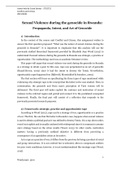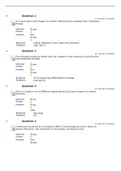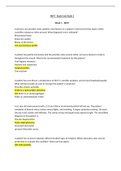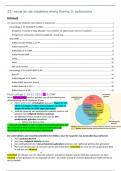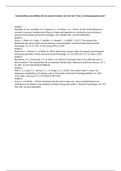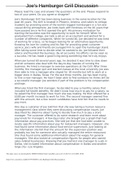Essay
Sexual Violence during the genocide in Rwanda.
- Instelling
- Vrije Universiteit Amsterdam (VU)
This essay used Wood's considerations about sexual violence in conflict circumstances to analyse the rapes occurred in Rwanda during the genocide
[Meer zien]
